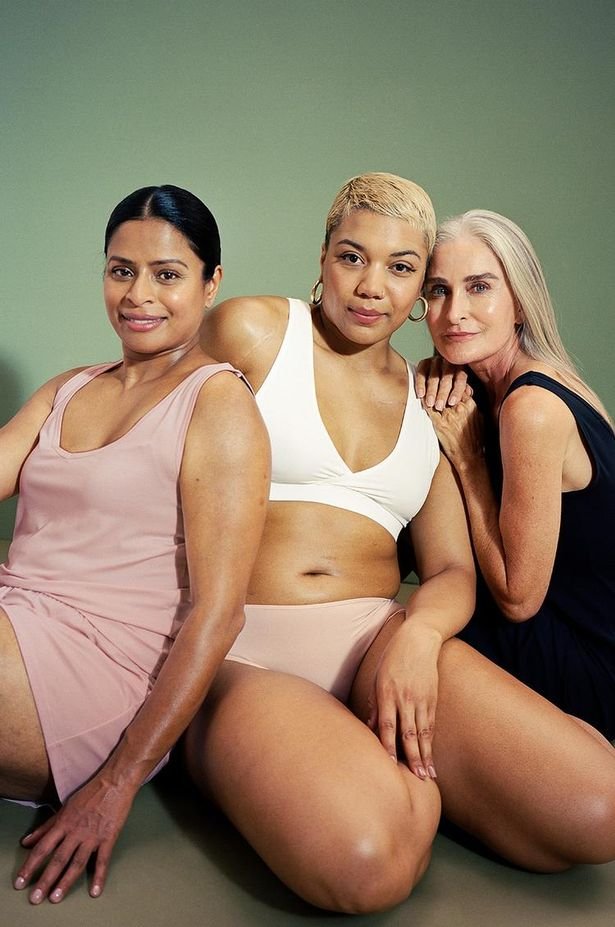Breast Pain and Menopause
Menopause and perimenopause symptoms differ from woman to woman. Some are more common than others (hot flushes, sleeping issues) and some might be individual. Sore breasts can be a symptom of many different health conditions, but in this case, can also be one of many menopausal symptoms. Breast health is vital regardless of age, and knowing what’s normal for you in terms of tenderness or pain levels is so important. Below we go into more detail, but, as ever, you should always consult your GP if you have any concerns.
Are sore breasts a symptom of menopause?
Yes, possibly. Generally, breast pain in women can be divided into two camps; cyclical (where breast tenderness can be related to our cycle whereby our breasts can get more tender before a period and less so towards the end of our cycles) and non-cyclical (where pain is attributed to a cause other than menstruation).
What causes breast soreness?
Changing levels of the hormones oestrogen and progesterone are the usual cause of breast pain during perimenopause and menopause. As you enter perimenopause, oestrogen and progesterone levels rise and fall in unpredictable patterns before starting to taper off. The spikes in hormone levels can affect breast tissue, making your breasts hurt.
Breast soreness should improve once your periods stop and your body no longer produces estrogen. If you take HRT to treat menopause symptoms, breast soreness can continue then as well.
How is menopausal breast discomfort different?
Breast soreness related to perimenopause or menopause will likely feel different from the soreness you may have felt at other times in your life - before and during your period for example. Menstrual breast pain usually feels like a dull ache in both breasts and often occurs right before your period.
Breast pain during perimenopause is more likely to feel like burning, throbbing or soreness. You may feel it in one breast or both breasts.
The important thing to remember is again, is knowing what’s normal for you in terms of pain levels, which will be helped by regular self-examination.
How to check your breasts
It is important that every woman is breast aware. This means knowing what is normal for you so that if any unusual change occurs, you will recognise it. You should look and feel for any changes on a regular basis.
Changes in your breasts to be aware of:
A change in size or shape – it may be that one breast has become larger.
Changes in the nipple – in direction or shape, pulled in or flattened nipple.
Changes on or around the nipple – rash, flaky or crusted skin.
Changes in the skin – dimpling, puckering or redness.
'Orange peel’ appearance of the skin caused by unusually enlarged pores.
Swelling in your armpit or around your collarbone.
A lump, any size, or thickening in your breast.
Constant pain in one part of your breast or armpit.
How do I treat breast soreness?
If your pain is menopausal, getting a supportive, well-fitting bra can sometimes be the first step in combatting breast pain or discomfort. Simple treatments from taking over the counter medications like paracetamol or ibuprofen or topical anti-inflammatory gels which are available in most pharmacies to rub into the breasts directly is another option. It can also help to limit anything in your diet that contains caffeine, as some women can find that makes the soreness worse.
If you’re unsure about anything related to breast pain, your doctor can help determine if your breast soreness is hormonal.
join the conversation
share and comment below, we’d love to hear your thoughts…










